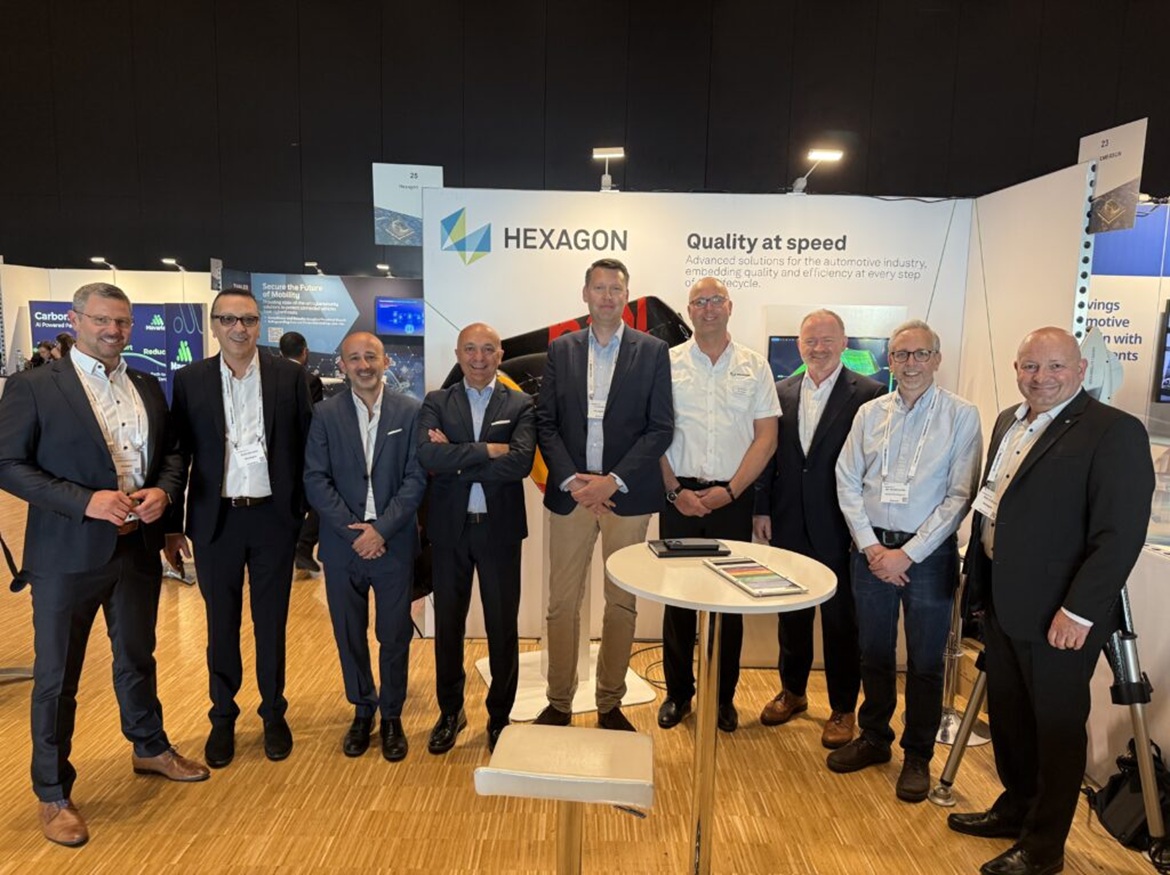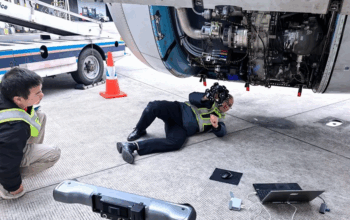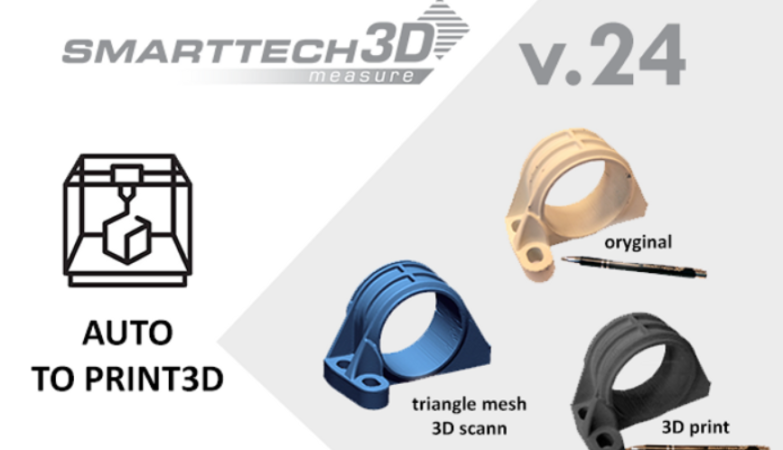It was a fantastic opportunity to lead our workshop at Reuters’ Automotive Europe event in Stuttgart this year. If you missed the chance to attend, here I have detailed some of the key points from the session.
Formula 1 (F1) is synonymous with speed, precision, and cutting-edge technology. While glamourous locations and thrilling driver skill capture the imagination, it is the sophisticated manufacturing technology behind these extraordinary machines that makes everything happen as safely as possible. There has long been a ‘trickle down’ of technology developed in F1 finding its way into the mass automotive industry, revolutionising how cars are designed and manufactured. But as the automotive industry transforms to accommodate new vehicle architectures, there is increased urgency for more agile and efficient manufacturing processes. Here we explore five key strategies that can be adopted from F1 manufacturing technology to support the mass automotive industry through its unprecedented transformation.
While there are many technical differences between F1 cars and road cars, there are also many shared challenges. Especially with modern regulations, engine durability beyond one race is now a concern for F1 teams. Since 2018, the number of engines that can be used during a season has been limited to three per driver.
Necessity: The mother of efficiency and performance
In contrast to the early days of the sport, modern Formula 1 teams operate under strict budget caps and technical resource limitations. These constraints have a profound effect on the operations of each team. However, rather than hindering progress, F1 cars continue to get faster and more efficient, showcasing the power of necessity as a driver of innovation and performance.
One notable area is the shift from costly physical testing, such as wind tunnel experiments, to digital simulations. This approach not only reduces costs to help keep within cost caps, but also accelerates the development process. As the mass automotive industry faces similar challenges to reduce costs in order to remain competitive, adopting digital simulation technologies can help minimise development costs as well as embedding significant improvements in efficiency and performance.
Accelerating the innovation cycle
The pace of innovation in F1 is truly incredible, with tens of thousands of modifications and improvements made to a car throughout the racing season. This rapid innovation cycle is increasingly mirrored in the mass automotive industry, where model cycles have shortened from seven years to just two or three over the past decade. The transformation can in part be explained by the ‘shift left’ concept, which actually originated in software development, and emphasises early testing and validation to catch issues sooner. For the automotive industry, currently operating on very tight margins, even small quality issues if found late, can have major consequences for the business. So, relying on late stage testing can have significant drawbacks, and ‘shift left’ eliminates these.
Digitalisation of processes, for example digital twins, has completely transformed the ability of operations to innovate rapidly. Leveraging simulation has significantly reduced the need for physical prototyping, meaning that iterations can be explored entirely virtually. Artificial Intelligence (AI) has accelerated this process further still, enhancing performance, accuracy, and usability of the simulation as well as helping with aspects such as resource allocation.
Verticalisation of the supply chain
F1 teams often design, develop, and produce parts in-house, giving them complete control over quality and timing. This ‘verticalisation’ of the supply chain is increasingly being adopted by emerging global OEMs, allowing them to streamline production and enhance product quality. However, complete verticalisation is challenging for the majority of automotive companies because of the enormous time and resources it would take to gain expertise in every component required.
To overcome this, mass automotive manufacturers have the opportunity to form strategic partnerships with their supply chains, effectively verticalising through close collaboration. Breaking down silos and promoting open innovation are key to these partnerships, enabling better communication and integration across every link in the supply chain. Collaboration tools and platforms, such as Nexus from Hexagon, can play a crucial role in facilitating this process, ensuring that manufacturers have complete visibility and can respond quickly to market demands.
First time right and quality at speed
It seems obvious to say, but in F1, speed is very important. But we’re not just talking about speed on the track. Everything about F1 is done quickly. With frequent regulation changes, technological advances, not to mention weather changes, there is no room for error. Racing cars are shipped as components and assembled at the track, which means that the teams need absolute confidence that everything is going to fit perfectly the first time. This concept of ‘first time right’ at speed is also crucial in the mass automotive industry, where quality issues can lead to costly delays and recalls.
Hexagon solutions are being used in the toughest, most competitive environments, as exemplified by our partnership with Oracle Red Bull Racing. The metrology solutions used by Oracle Red Bull Racing are available to everyone, and automotive manufacturers can also push the boundaries of what’s possible. From advanced manufacturing options such as automated inspection solutions, to the most flexible portable inspection, to AI-driven production software, partnering with a manufacturing provider such as Hexagon can transform your quality at speed.
The power of a model-based enterprise
The convergence of IT and OT (Operational Technology) is having a significant impact in the automotive industry, enhancing speed and control of quality processes. Companies like Hexagon are leading the way with cloud-enabled software solutions that integrate costing, manufacturing, assembly, and quality control into a seamless process. This holistic approach allows manufacturers to optimise every aspect of production, from design to delivery.
The model-based enterprise offers a unique advantage, providing real-time data and insights that drive decision-making and improve efficiency. By adopting these technologies, the mass automotive industry can enhance its competitiveness, delivering innovative and high-quality vehicles that meet the evolving needs of consumers.
In conclusion, the strategies and technologies developed in the high-stakes world of F1 racing offer a blueprint for innovation in the mass automotive industry. By embracing efficiency, accelerating innovation cycles, verticalising supply chains, ensuring quality at speed, and adopting model-based enterprise solutions, automotive manufacturers can drive significant improvements in performance, quality, and customer satisfaction.
While at the event in Stuttgart I had the pleasure of speaking to the Reuters team. Here is the video recording touching upon some of other key points we were discussing during the two days.









